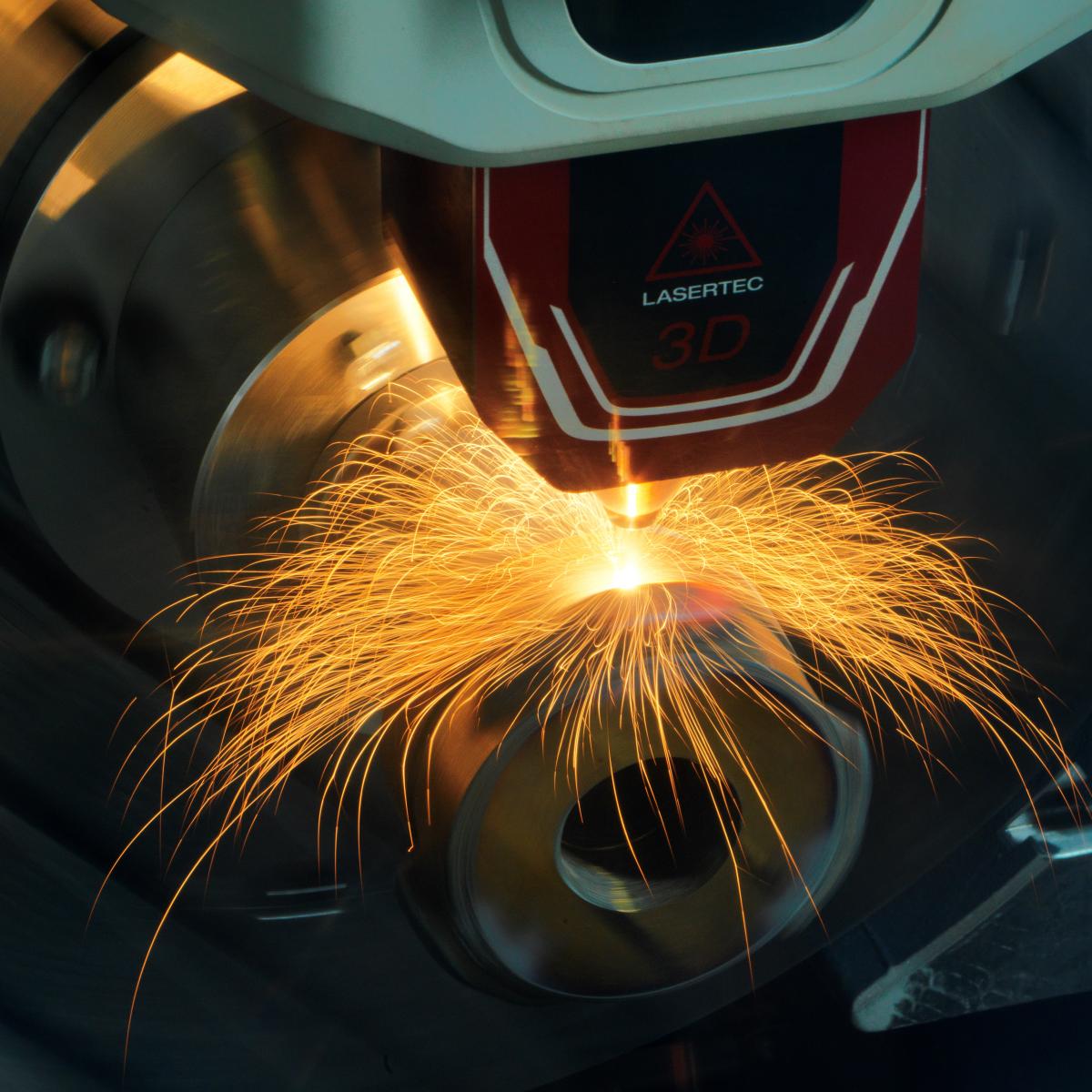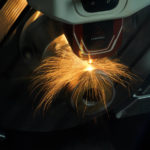Decreasing the weight of mechanical components of rides through additive manufacturing: this is the goal achieved by M.P.M.A.G, the project titled: “Method of Design and Production in Additive Manufacturing of Complex Components of the Carousel Rides Sector” and funded under the POS-FESR 2014 – 2020 call of the Veneto Region, which involved many Italian companies, including the ProM Facility workshop of Polo Meccatronica.
M.P.M.A.G: the leading company, the partners and the achievements
The concept behind the “Metodo di Progettazione e Produzione in Additive Manufacturing di componenti complessi del settore delle Giostre – M.P.M.A.G.” project was launched by Extreme Analyses Engineering, the Verona-based company experienced in structural calculations for designing carousel rides.
The project saw the participation of several companies from the Veneto region and nationally: the company Guarnieri, a manufacturer of attractions for amusement parks and travelling shows; the Science and Technology Park of Verona; the University of Padua; Officina Meccanica Claudio Cioetto; ProM Facility; and the company Exemplar, which specializes in software development for virtual simulation and is a certified partner of Dassault Systems.
The teamwork carried out by those involved made it possible to achieve important results:
- An AM design and manufacturing method for the amusement ride industry
- The creation of prototypes of a new seat in SLM and DED technology
- The design of an IOT system for data acquisition and verification
- The redesign of the new carousel ride
- The filing of three patent applications, one of which has already been granted
The advantages of Additive Manufacturing (AM)
The idea for the project arose from the opportunity to lighten some of the mechanical components of the rides and in particular the moving masses subject to accelerations of up to 3.5g. Additive technologies made it possible to achieve the initial goal because, by building the part layer by layer, they are able to place the material only where it is really needed.
In fact, the greater geometric freedom provided by additive manufacturing made it possible to decrease the weight of the metal seat frame of a pendulum ride that can make 360-degree rotations and accommodate up to 32 passengers.
“Compared to the 36 kilograms of the welded carpentry structure, the 316L structure weighs about 17 kilograms,” says Simone Bernardini, managing director of Extreme Analyses Engineering, the company leading the project. Halving the weight of the moving parts of the ride allows to also reduce all the rest of the structure in a ripple effect, so that it will be much less stressed thanks to the lower masses. Finally, the motors, brakes and electrical consumption throughout the life of the ride will also be lower than in the classic version“.
Machining with DMG MORI’s Lasertec 65 3D in ProM Facility
The mechatronic prototyping center handled the machining of parts using DMG MORI’s Lasertec 65 3D hybrid machine. The state-of-the-art machine deposits metal materials using Directed Laser Deposition additive technology, alternating with continuous five-axis milling. Although the processing volume of the Lasertec 65 3D is considerable, it was necessary to divide the structure into five parts that were welded together at a later stage.
“It was necessary to revise the design of the seat considering that each part is made by deposition of material on a sacrificial plate, from which it is separated by wire electrical discharge machining after heat treatment to relieve the residual stresses induced by the additive process”, Matteo Perini and Ciro Malacarne, ProM Facility technologists, explain. “The production of the parts required about 80 hours of actual deposition with 60 kg of steel powder and several hours dedicated to optimizing the CAM paths of the numerical control”.
The subdivision also made it possible to avoid undercutting of the parts that were rested on the flat bed or, alternatively, the five positioning axes of the Lasertec machine were exploited to avoid inserting additional supports to be removed later.



